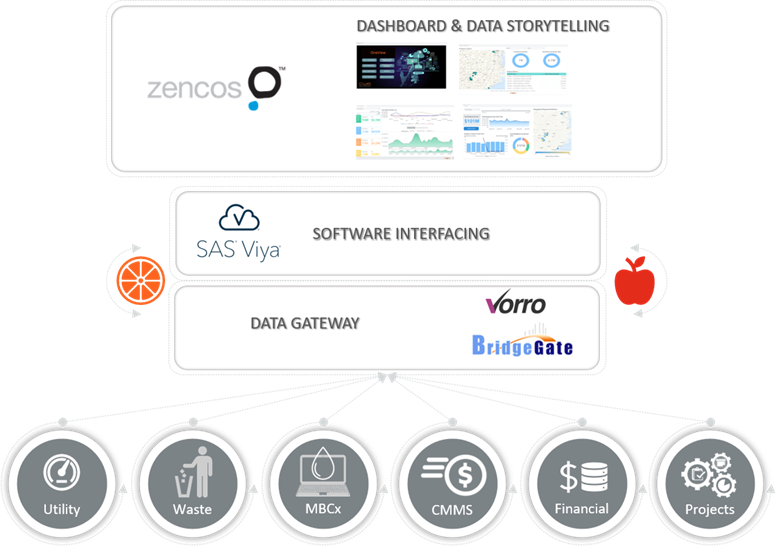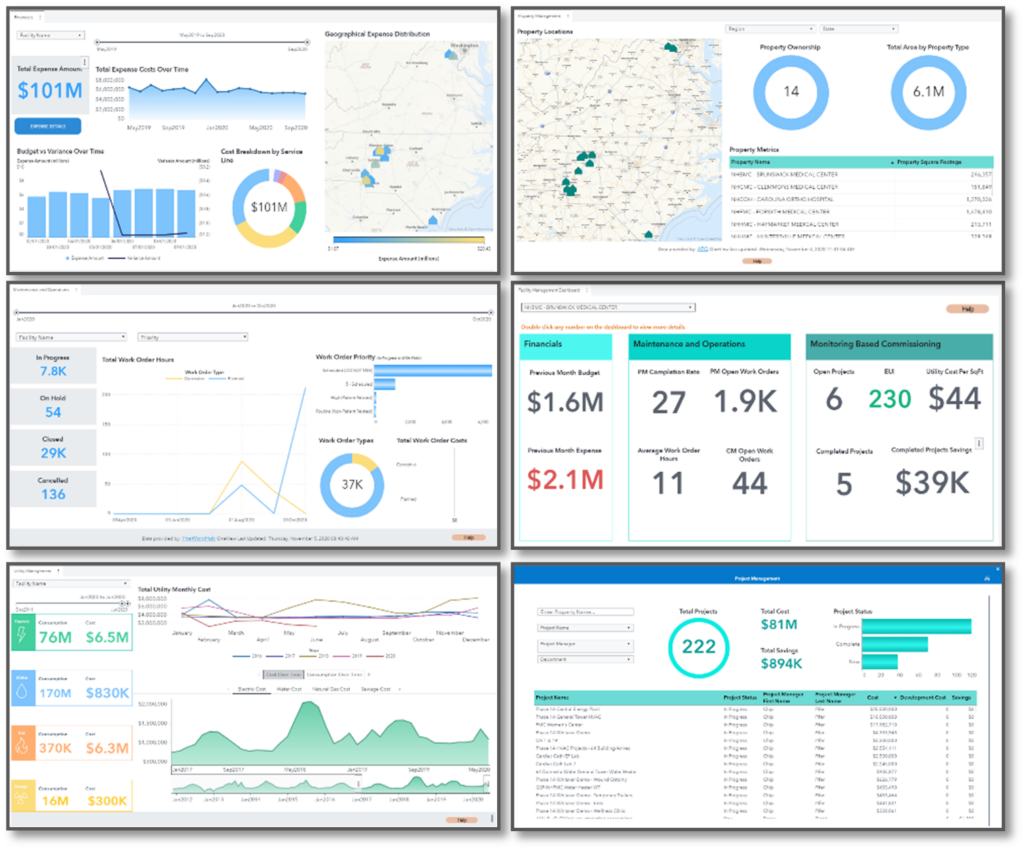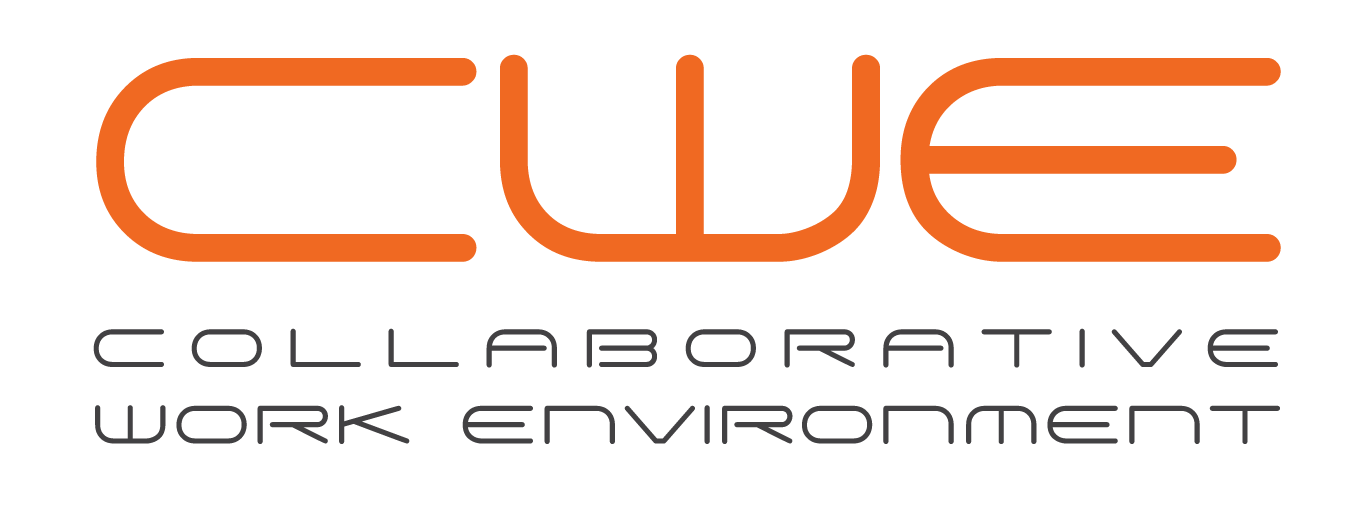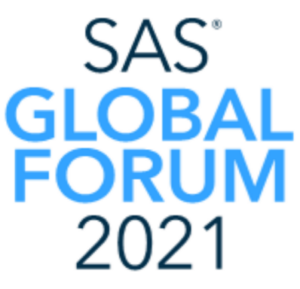Paper 1068-2021
Ben Zenick, Zencos Consulting LLC
Christopher Beall, Collaborative Work Environment, LLC
ABSTRACT
Zencos and CWE work together to build solutions for organizations that leverage SAS® software and cloud-native capabilities for the tasks of data retrieval, consolidation, and visualization.
Today’s paper will walk through how digital transformation and cloud analytics can help organizations achieve quicker time to value by providing insights into technical operations that expose measurable cost reduction opportunities.
INTRODUCTION
Digital Transformation (DX) continues to be a hot topic. It is a new way of thinking for organizations and requires modifications, or complete changes, to existing business processes, culture, and technology. Digital transformation is happening all around you and in almost every industry.
One of the great success stories of digital transformation is the music industry. The global change that was driven by grassroot technology disruptors through approaches like P2P file sharing required the industry to react quickly and innovatively. The frequent and rapid change drove them to move from vinyl or tape to CD to streaming. Brick and mortar stores are virtually gone, payment is almost 100% digital and a hard copy of a song or album is practically gone.
The change in the music industry happened quickly and it hasn’t slowed down. In today’s pandemic world neither can you. The pressure to identify and create new product is driving innovation and transformation faster than ever. Being able to rapidly develop, test, and release new ideas is imperative to business survival. This is where the cloud can assist by reducing some traditional infrastructure impediments and allowing analytical users to do more with less.
CLOUD INFRASTRUCTURE
There are more opportunities for organizations to continue, or in some cases start, adopting cloud strategies as part of their DX. In order to empower organizations to more effectively use data; let’s take a close look at 5 pillars of success in establishing the cloud as an integral part of your digital transformation program. The intention of these pillars is to establish the most efficient methods for ensuring data security, data integrity, and time to market by leveraging the right cloud technology, engineering, and safeguards:
- Operational Excellence – Look to draw upon your engineering background and develop the program to reduce human error through automation. This requires organizational buy-in at all levels and allows for quick time to action and for continual improvement.
- Reliability – Establish your own KPI’s, build in tools to monitor them, report on them, and utilize resources to scale on-demand.
- Security – Data security has always been one of the biggest concerns of modernizing to the Cloud, but it doesn’t have to be. Leverage least privilege, cloud capabilities, and automation helps limits the exposure. Include agile along with incremental change management process to maintain organizational buy-in.
- Performance – Performance is not just speed, but availability and reliability of the system. Transforming to the cloud allows for flexibility to change resources as needed and ensures process driven updates are available to keep the system in optimal shape.
- Cost Optimization – Using the cloud, you are not scaling your architecture to the high-water mark. Done correctly, you only pay for what you need, when you need it.
Following these pillars allows us to treat the SAS Viya analytics environments as “Infrastructure as Code” and to solve various industry challenges in an efficient cost-effective manner.

INDUSTRY CHALLENGE
Collaborative Work Environment (CWE) focuses on technical operations which are classified in three broad service categories:
- Facilities and Engineering
- Hospitality
- Business Support
These three broad categories typically make up 25% of an organizations Total Operating Expense and include nearly 5000 discreet base services lines.
Large organizations who operate their core business in complex buildings (i.e., Manufacturing plants, health systems, or institutions) and those which have acquired millions of square feet of existing facilities across a large geographical region struggle the most.

Areas Of Focus
Data
Due to the sophistication and complexity of technical operations, there are 100’s of discreet systems, assets, applications, and vendors involved in its support. Most software systems are supplier hosted, maintained in silos, and are rarely analyzed holistically.
To help paint a picture, take the facilities naming that occurs within each application. These listings are rarely standardized meaning the real estate software application likely does not have the same facilities listing as the maintenance management system or the financial system. This creates a variety of difficulties to establish spend baselines, create and comply to standards and to leverage best practices across departments, locations, and business units.
System
- Legacy systems: different communication protocols and database structures for each application
- System limitations: variety of integration capabilities and data sharing limitations for each system
- Data Quality: The amount of data being processed in technical operations systems is significant. Focusing on the data quality in the baselining of raw data sources will save time in the adoption of the solution.
Teams
Most analytics teams focus on the revenue generating activity which creates a gap of analytical capability in technical operations departments. The analysis of data is usually singularly focused on departmental systems and typically does not include advanced modeling of these systems and their data together.
STRATEGY
Combining advisory services, a proven process, and technology we have created a strategy:

As we begin to operationalize data delivery, we work to meet each source at its most stable integration capability. An example could be a published API or in a simple CSV export that gets routed to a centralized inbox and scripted for automated processing.
With a single data model, we work with departments to create a series of visualizations that help the organization see their data in new innovative ways. This allows for better understanding of operations, expenses, delivery models with suppliers, and helps process improvement teams identify opportunities, justify them, and track the performance.
SOLUTION
Pulling together advisory services, technology, and processes, CWE and Zencos have been able to establish a repeatable process for delivering to the outlined business challenges.
The solution stack includes integrated cloud capabilities covering all 5 of the previously discussed pillars (Operational Excellence, Security, Reliability, Performance Efficiency, and Cost Optimization) in support of data integration, cloud analytics and reporting.
There are four main components to the system:
- Client data
- Data Gateway
- Software Interface
- Reporting

The data gateway serves as the interface between the client and the client hosted tenant, delivering data in a secure exceptions-based manner and triggering loads into the system. Using a pre-defined standardized data format that gets built by the Data Gateway, the process consolidates the customer data using service lines to align to a standard set of operational capabilities.
SOLUTION INFRASTRUCTURE
Using an infrastructure As Code model and the functions of the 5 pillars, we are able to rapidly deploy, acquire, assess, and integrate data for the CWE customer base. The infrastructure you see here is built out further to support the secure movement and transfer of data within the cloud platform.

As much as possible we leverage automation to reduce reliance on human intervention in the data acquisition, consolidation, and loading steps allowing the least privilege model to alleviate some of the inherent concerns faced by organizations as they begin transforming their processes to the cloud.
The goal is to move data as little as possible in this model, but when it is moved, do it securely in both the transmission and storage by leveraging the software interfaces to perform continual automated data ingestion as new data comes available.
This data is seen through a series of integrated dashboards and reports providing the customer with an Operational OneView.
ONEVIEW
After the data is brought together, organizations use Key Performance Indicators across the technical operations portfolio. For example, if Work Orders are increasing, and utilities cost are rising in a specific building then focus and priority will go towards that building. It may be seen that there are many capital projects that are occurring at that facility that justifies the increases, or it may be that the asset performance indicators are suggesting assets are performing poorly.
Tying each data stream to its service line and financial account allows organizations to track cost decay (or increase) based on activity such as process improvement projects. This measurement and validation capability is especially important to CFO’s who require validation that a capital or operational expense was justified, and budgets reflect this savings realization.
Many organizations benefit through the OneView by using the data and metrics to get more strategic with their key suppliers.

CONCLUSION
Digital transformation and cloud can be somewhat overwhelming as organizations evaluate new ways to innovate. However, it doesn’t need to be. By following a set of common principles, operational efficiencies, and automation, you can begin the digital transformation journey to the cloud in an incremental fashion and ensure the workload you are moving is the right fit.
Having the right skillsets is important. If you don’t have the correct resources today, find a trusted partner that does. The world is transforming, and you should be too.
CONTACT INFORMATION
Ben Zenick
Zencos Consulting LLC
Bzenick@zencos.com
www.zencos.com

Christopher Beall
Collaborative Work Environment
www.collaborativewe.com




Comments are closed